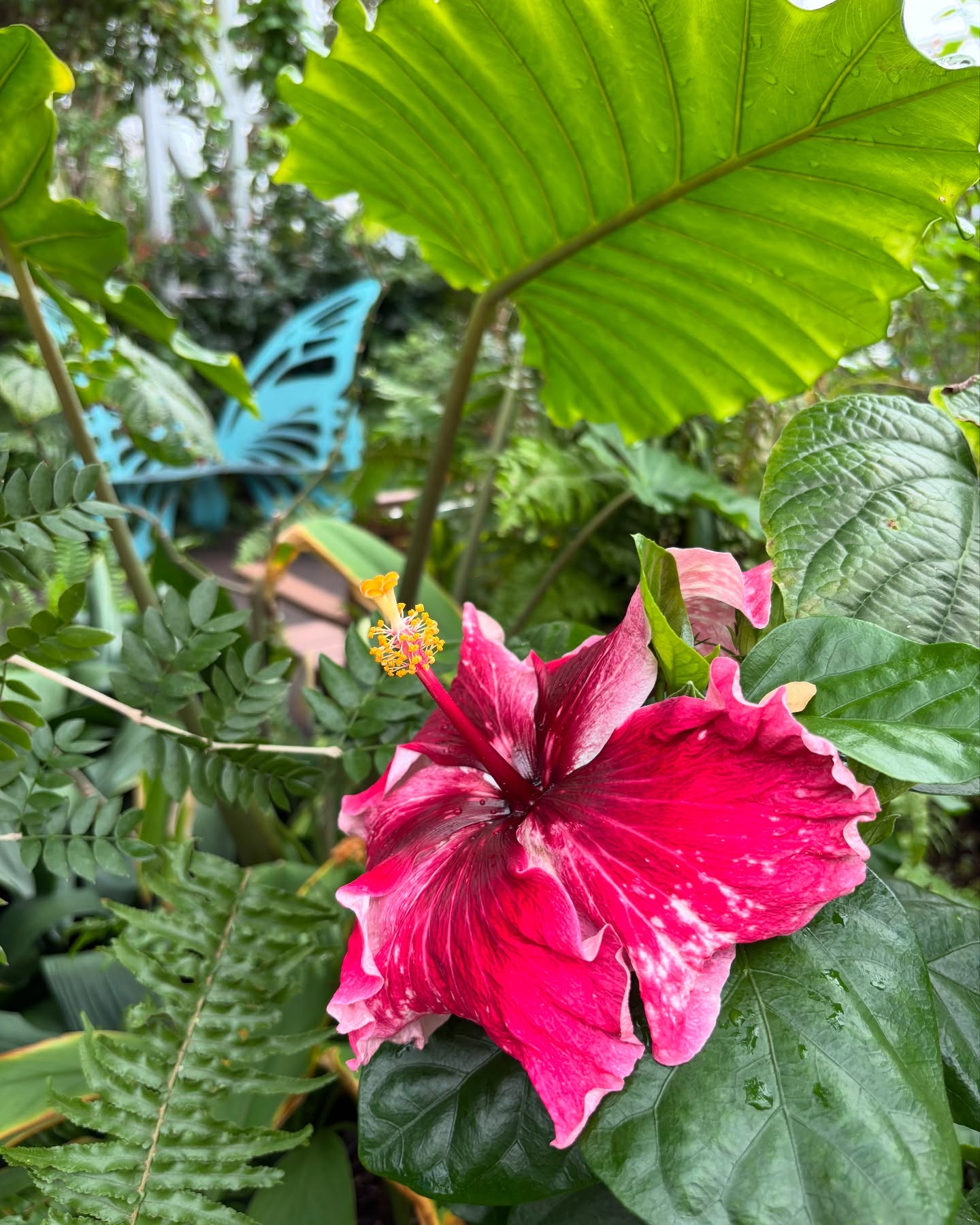- Importance of Annual Maintenance for Wildlife Exhibits
- The Role of Butterfly Houses in Conservation and Education
- Techniques and Challenges in Maintaining a Butterfly House
- Impacts of Environmental Factors on Butterfly Habitats
- Future Prospects for Butterfly and Pollinator Conservation
Butterfly houses are enchanting spaces that captivate visitors with their vibrant colors and fluttering inhabitants. However, these living exhibits require careful consideration and regular maintenance to function effectively. The Butterfly House’s current closure for its annual upkeep highlights the significance of such measures. This upkeep ensures that the exhibition remains a safe, healthy, and educational space. Regular maintenance is crucial in wildlife exhibits to create an optimal environment that supports the well-being of both insects and visitors.
Annual maintenance involves detailed inspections and repairs of the facility’s infrastructure. These measures are critical to maintaining the delicate balance required for a thriving butterfly habitat. Ensuring proper temperature and humidity levels is vital, as butterflies are sensitive to environmental changes. Routine cleaning of plant materials is another essential aspect, as it prevents the spread of plant diseases that could impact butterfly larvae and adult butterflies.
The Butterfly House serves a pivotal role in conservation and education. By offering a close-up encounter with these delicate creatures, it fosters awareness and appreciation of biodiversity. Butterfly houses are not only aesthetic attractions. They are powerful tools for conservation outreach. Through educational programs, visitors learn about the life cycle, behavior, and ecology of butterflies. This knowledge helps to build a connection between the public and the natural world, encouraging responsible attitudes toward nature conservation.
One of the significant conservation contributions of butterfly houses is their participation in breeding programs for endangered species. These programs help maintain the genetic diversity of butterfly populations while serving as a living laboratory for species research. Releasing bred butterflies into their natural habitats aids their conservation in the wild, contributing to local ecosystems.
Maintaining a butterfly house involves intricate care and technical expertise. Love of nature alone isn’t enough to ensure a healthy habitat. Factors like light, temperature, and plant health must be carefully regulated. Butterfly habitats simulate tropical conditions that require consistent climate control. HVAC systems need regular checks and maintenance to avoid technical failures. The maintenance efforts also include pest control to prevent harmful insects from entering the butterfly enclosure, which could jeopardize butterfly and plant health.
Another challenge is plant care within the exhibit. The correct selection of host and nectar plants supports the various stages of the butterfly life cycle. Without proper botanical choices, butterflies could fail to thrive. Staff must conduct frequent plant replacement and grooming, ensuring that the environment supports healthy growth and adequate food supplies.
Environmental factors impact butterfly habitats both inside and outside a butterfly house. Changes in climate, such as increased temperatures or variable rainfall, affect plant growth patterns, directly influencing the availability of food sources for butterflies. Conservationists must adapt maintenance strategies to respond to environmental shifts. By maintaining a controlled indoor environment, butterfly houses can mitigate some external environmental pressures on butterfly populations.
Furthermore, butterfly houses can serve as research hubs for studying the effects of environmental changes on insect populations. Data collected can inform broader conservation efforts and help predict trends in biodiversity loss due to climate change. This research is crucial for developing strategies to preserve pollinator health amid changing ecosystems.
Looking to the future, butterfly houses have an essential role in advancing conservation and enhancing public understanding of environmental issues. By expanding conservation programs and educational initiatives, they can reinforce global pollinator health. Collaborative efforts among organizations, governments, and research institutions can amplify these efforts.
The increasing awareness of the need for pollinator conservation is showing promise. Grassroots movements and community gardens are emerging as vital resources in promoting pollinator-friendly environments. Butterfly houses can support these efforts by acting as local advocates for sustainable practices. They can demonstrate the importance of natural pollinators to agriculture and biodiversity.
The Butterfly House reopening on January 25, 2025, will reintroduce visitors to its vibrant microcosm of flying jewels. Through comprehensive maintenance and targeted conservation programs, these captivating spaces continue to inspire, educate, and contribute significantly to global conservation efforts. By maintaining and supporting butterfly houses, we take a step forward in sustainable wildlife conservation and environmental education. Their contribution to biodiversity awareness cannot be overlooked.
*****
Source Description
The Butterfly House is currently closed for our annual maintenance. We will reopen on Jan 25, 2025 🌺 🦋
📷: Jennifer Mullix


